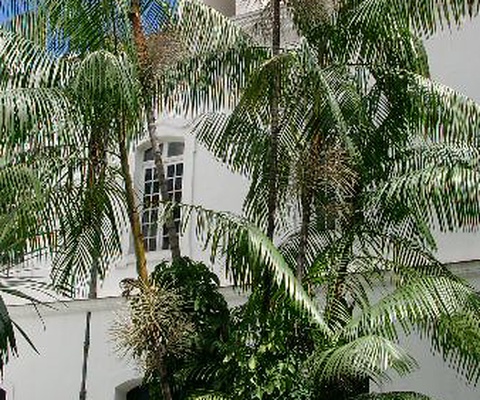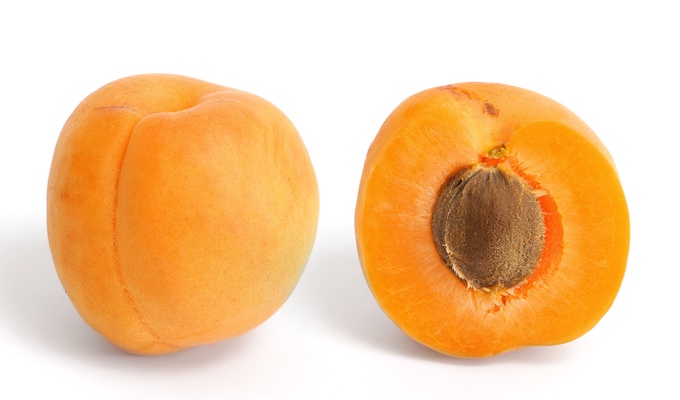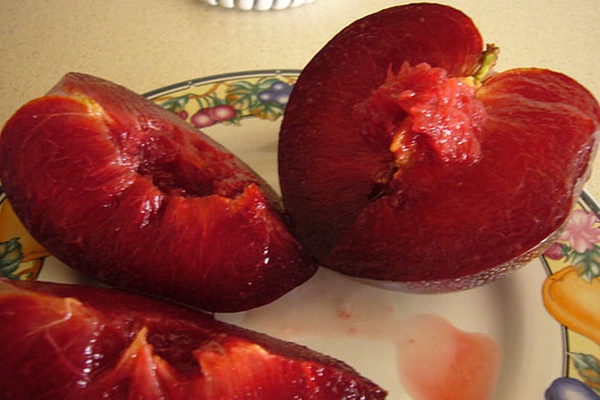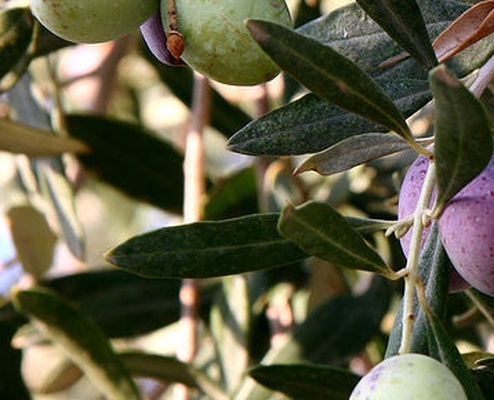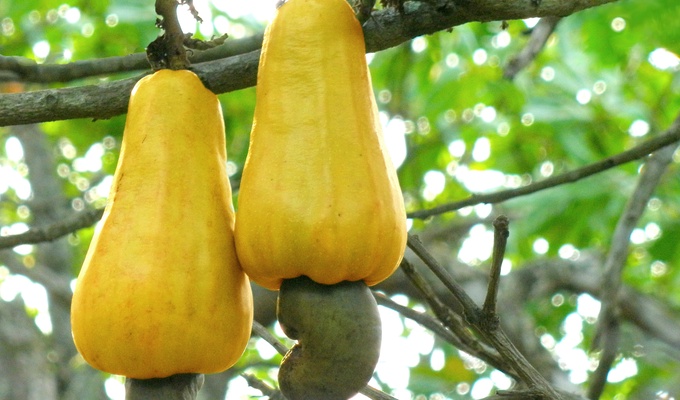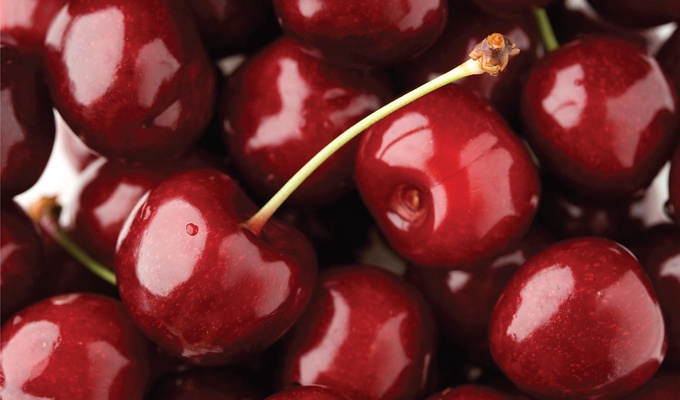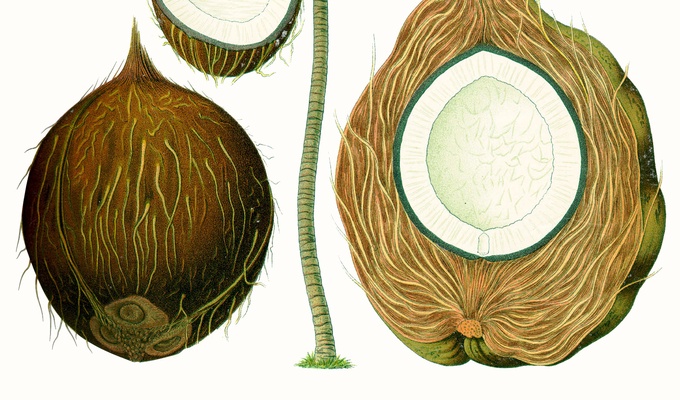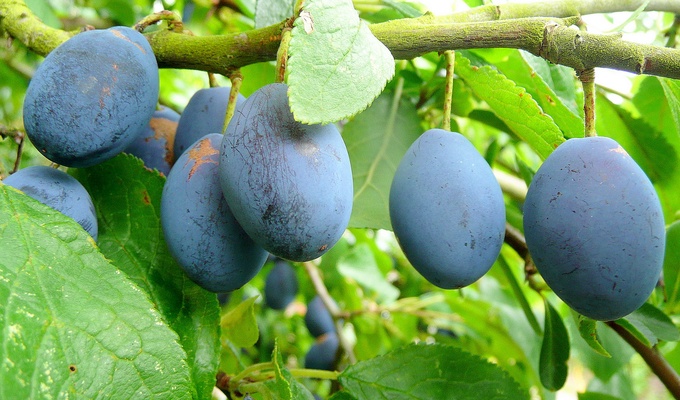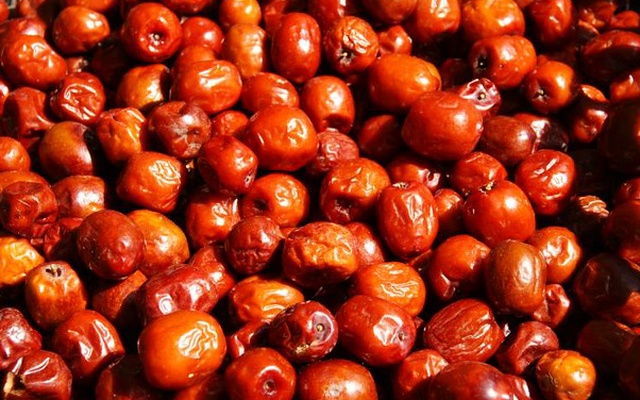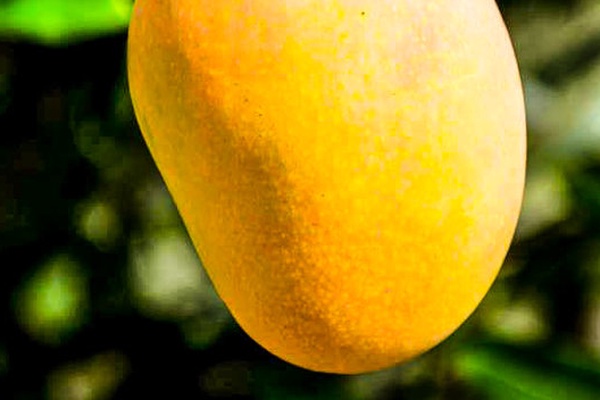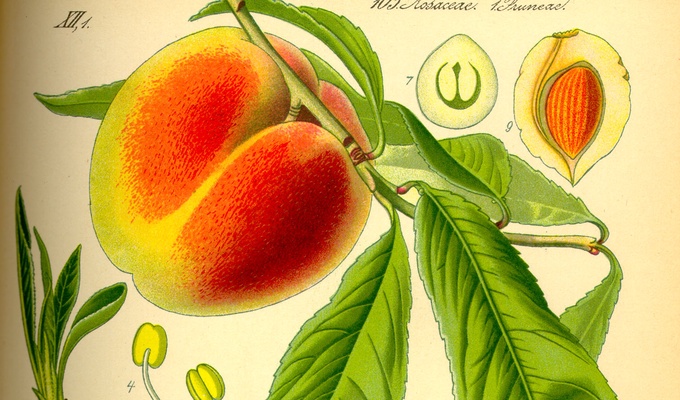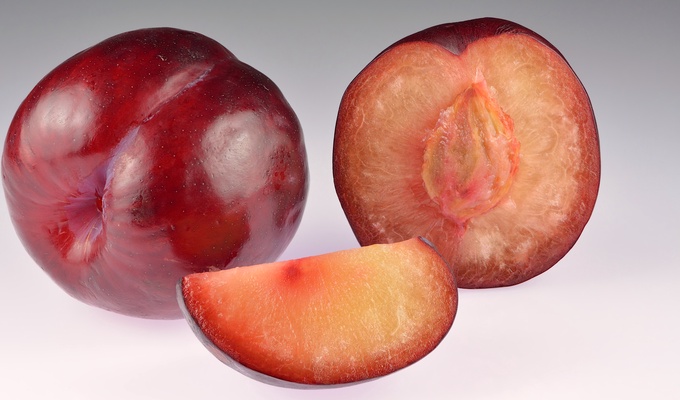In botany, a drupe is an indehiscent fruit in which an outer fleshy part surrounds a single shell of hardened endocarp with a seed inside. These fruits usually develop from a single carpel, and mostly from flowers with superior ovaries .
The definitive characteristic of a drupe is that the hard, lignified stone is derived from the ovary wall of the flower. In an aggregate fruit, which is composed of small, individual drupes (such as a raspberry), each individual is termed a drupelet, and may together form an aggregate fruit. Such fruits are often termed berries, although botanists use a different definition of berry. Other fleshy fruits may have a stony enclosure that comes from the seed coat surrounding the seed, but such fruits are not drupes.
Flowering plants that produce drupes include coffee, jujube, mango, olive, most palms (including açaí, date, sabal, coconut and oil palms), pistachio, white sapote, cashew, and all members of the genus Prunus, including the almond, apricot, cherry, damson, peach, nectarine, and plum.
The term drupaceous is applied to a fruit having the structure and texture of a drupe, but which does not precisely fit the definition of a drupe.

